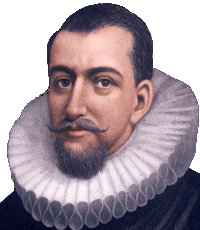In a remote, dry and cold part of the high Andes, in today’s Bolivia, there is a mountain which the Incas knew as Sumaq Urqu and the Spaniards called Cerro Rico, “the rich mountain.” As already the Incas had discovered, the mountain was rich in silver. Enormously rich, the richest in the world. When the Spaniards began extracting the ore in 1545, a town, Potosí, was established here which in the seventeenth-century had some 200,000 inhabitants, over thirty churches and many palaces, theaters and boulevards. This was where the crown of Spain minted its money. Yet the mines relied on slave labor and the conditions for the workers were atrocious. Hundreds of thousands of miners died.
It was the silver from Potosí which paid all of Spain’s debts, financed its armies and churches in Europe and allowed it to go on shopping sprees in Asia. First the silver was transported by llamas to the Pacific coast, then shipped to Acapulco in Mexico and from there on to Europe. However, before long the Spaniards began shipping silver across the Pacific too, to Manila in the Philippines, where it was used to pay off their Chinese creditors. It was silver from Potosí which more than anything provided the means of payment which the creation of a world market required. Spanish coins – the famous peso de ocho, “pieces of eight” – was a universal currency accepted everywhere in the world. The symbol stamped on the coin – “$,” the dollar sign – has come to symbolize money ever since.
However, windfall had disastrous long-term consequences for the Spanish economy. Since the silver from Potosí allowed them to buy whatever they wanted, Spain failed to develop a domestic industry. And when the silver boom was over and Bolivia declared independence in 1925, Spain had nothing left. The country was poor because it had been so rich. There is still some silver left in Sumaq Urqu and today it is mined by collectives of miners. Yet the working conditions have hardly improved since the sixteenth-century. It is dirty, dangerous, work, and few of the miners live to be older than 45.
External links:
- Atlas Obscura, “Potosí Silver Mines”
- Boliviabella.com, “The History of Potosi, Bolivia”
- Cultural Survival, “The Man-Eating Mines of Potosi”
- D. A. Brading and Harry E. Cross, “Colonial Silver Mining: Mexico and Peru”
- Gwendolin B. Cobb, “Supply and Transportation for the Potosí Mines, 1545-1640”
- Jason Wilson, “Potosí: A mountain of silver,” in The Andes: a cultural history, 2009
- Unesco, City of Potosí
- Wikitravel, “Potosí”
- YouTube, “Ch’Utillos Festival-Potosi, Bolivia”


